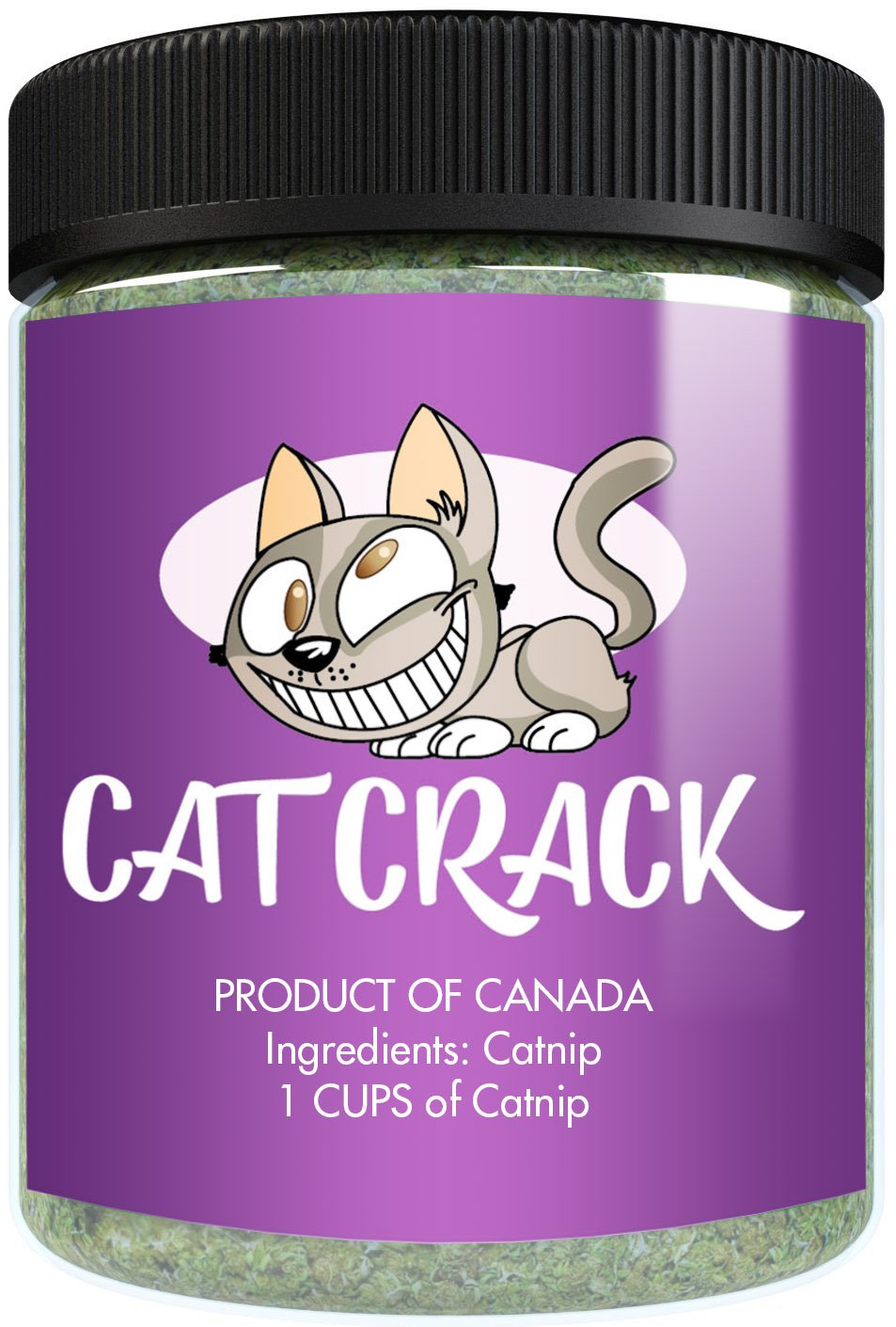Catnip Kitty’s Garden Plant For Herbal Tea
.jpg) Catnip is a perennial herb, Nepeta cataria, that is a member of the mint family, Lamiaceae. It is native to Europe and Asia and it now grows wild in temperate regions of North America. Aerial parts of the catnip plant die back during winter, but if protected from the harshest weather some parts will stay green. The roots are perennial sending up new growth each spring. The base of thick stems can become somewhat woody as the plant grows three to four feet tall.
Catnip is a perennial herb, Nepeta cataria, that is a member of the mint family, Lamiaceae. It is native to Europe and Asia and it now grows wild in temperate regions of North America. Aerial parts of the catnip plant die back during winter, but if protected from the harshest weather some parts will stay green. The roots are perennial sending up new growth each spring. The base of thick stems can become somewhat woody as the plant grows three to four feet tall.
Scallop-edged, triangular leaves appear crinkly, yet they’re soft to the touch. The stalked leaves are white and softly hairy underneath. Crushing a leaf releases the mint-like scent of catnip. Well known for its ability to drive cats crazy, catnip is dried and stuffed into toys for our feline friends.
Catnip makes a delightful herbal tea similar to mint tea, but not as pungent. It mixes well with other herbs in blended herbal teas. The tea is said to be good for settling the stomach and calming nerves. Old-timers swear by catnip tea for relaxation. Make it by steeping one teaspoon of dried catnip leaves in a cup of boiling water and covered for five minutes. Strain and enjoy. Sweeten, if desired, with honey or stevia leaves.
Harvest catnip before it flowers completely. Cut the whole stem back to a few inches from the ground. The perennial roots will send up more shoots in due time. Depending on when and how much is cut back, there can be two or three harvests in a growing season. Pruning the tops of the plant will produce side shoots that make the plant bushier.
Dense clusters of lipped, white flowers are at the stem tips and in some upper leaf axils. The flowers have purple dots on the white petals. The flowering tops of catnip plants attract bees and butterflies. Small birds, such as goldfinches and juncos, will eat the small black seeds.
The plant is not often bothered by garden pests as evidenced by the leaves that do not show the munching activity of little mouths. The insect repellent properties are due to nepetalactone, a chemical found naturally in catnip. Nepetalactone has been shown to be at least as effective as DEET, a harsh chemical made from petroleum products and used commercially as an insect repellent.
Farmers plant catnip near their grain storage areas in order to draw cats for mouse patrol. Others plant catnip near outdoor living areas, like decks and patios, to drive away insects as well as keep the vermin away.
